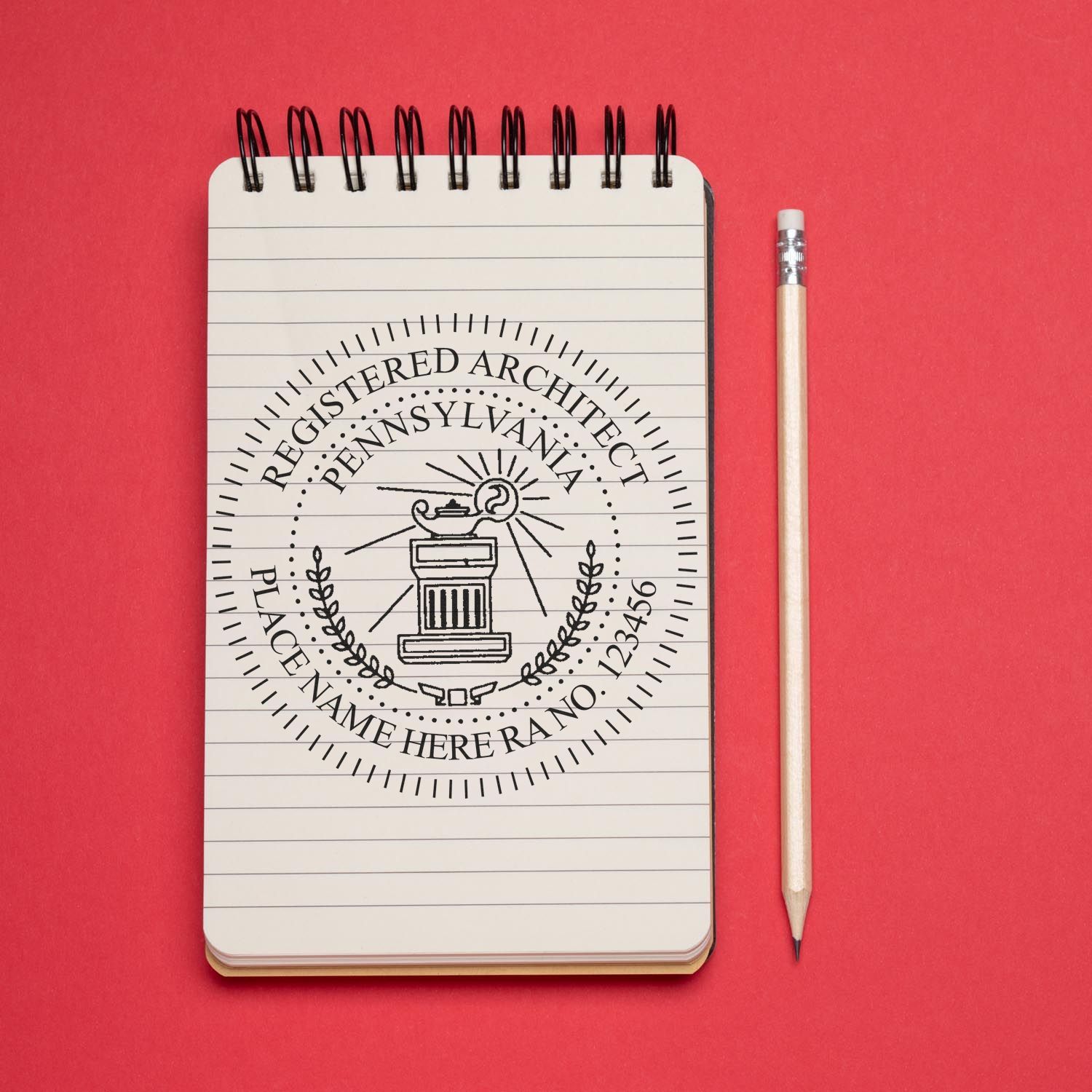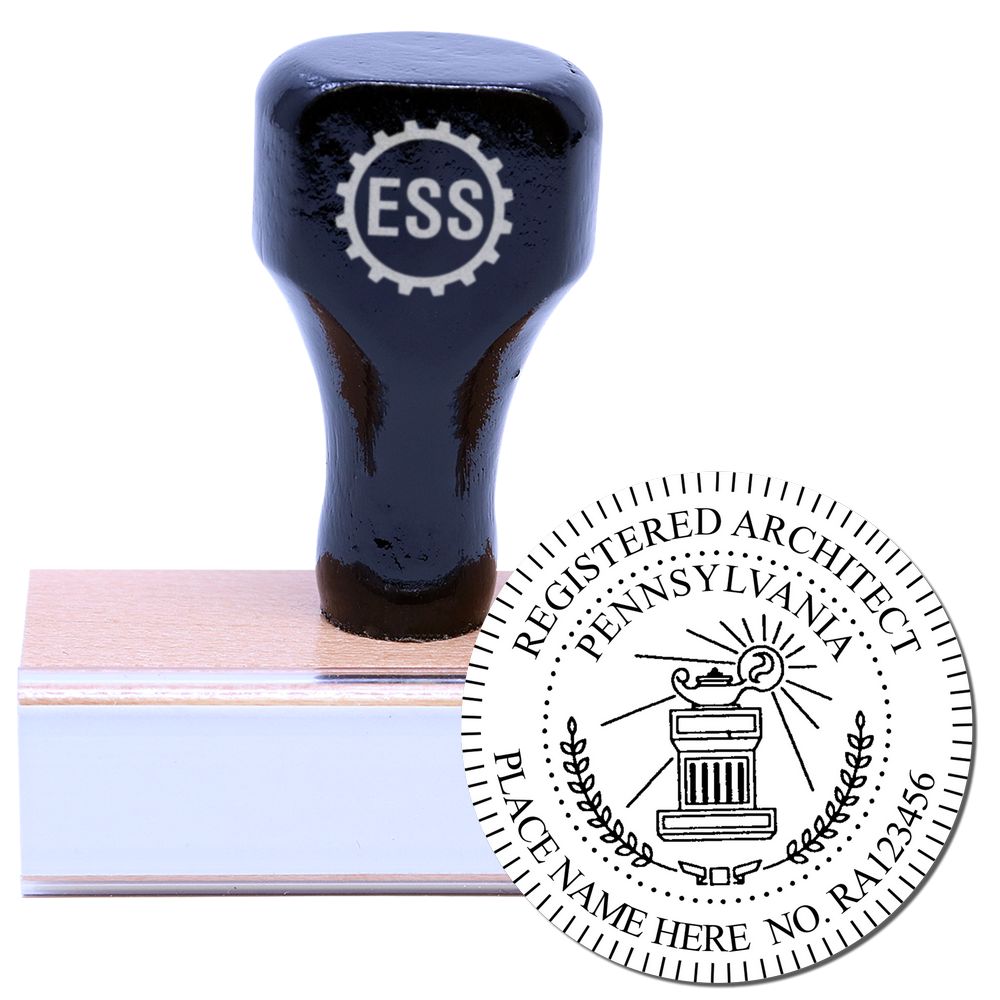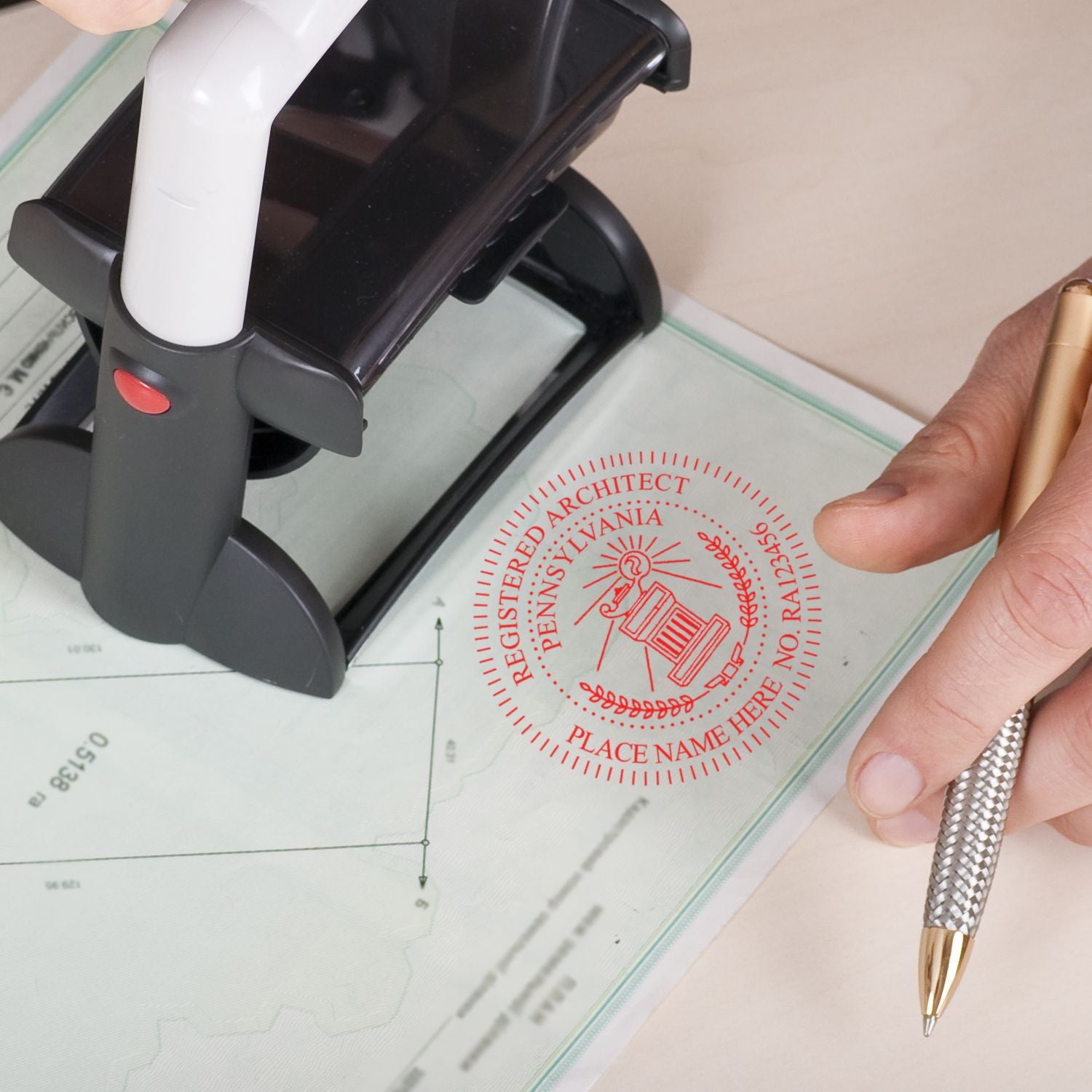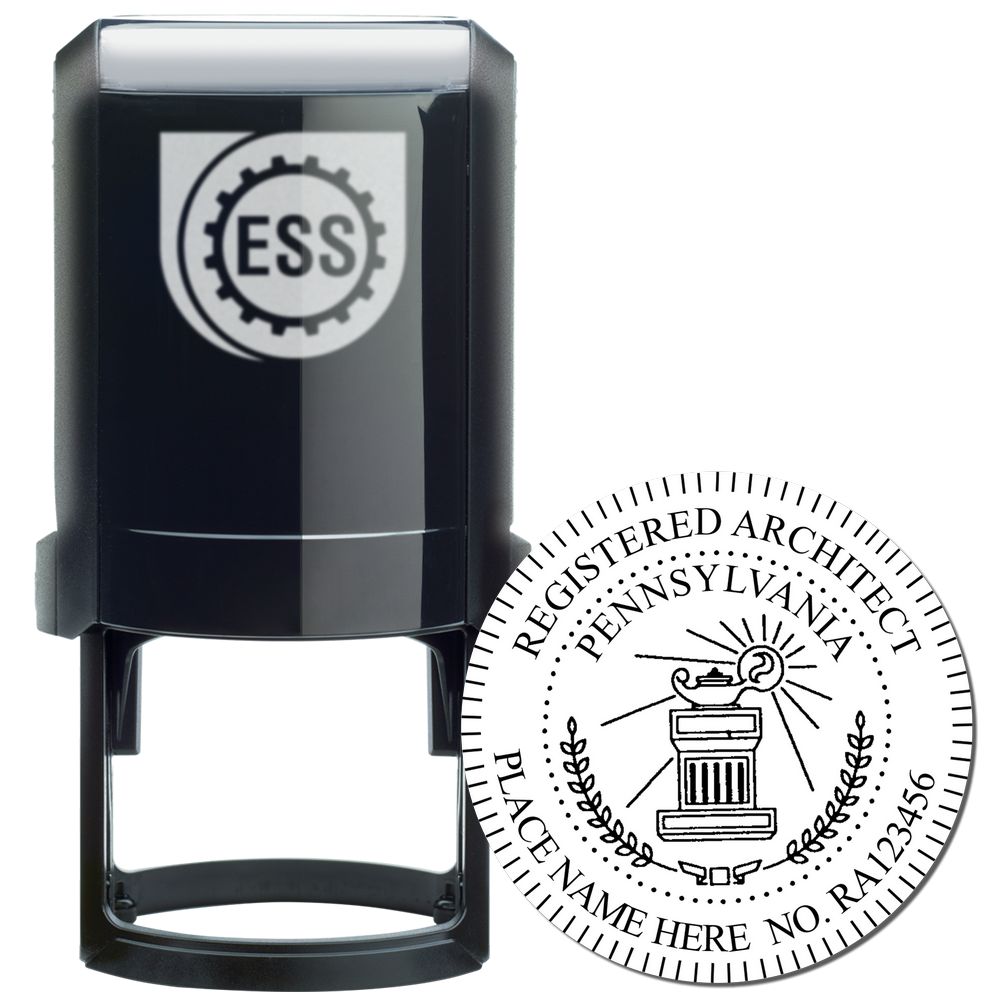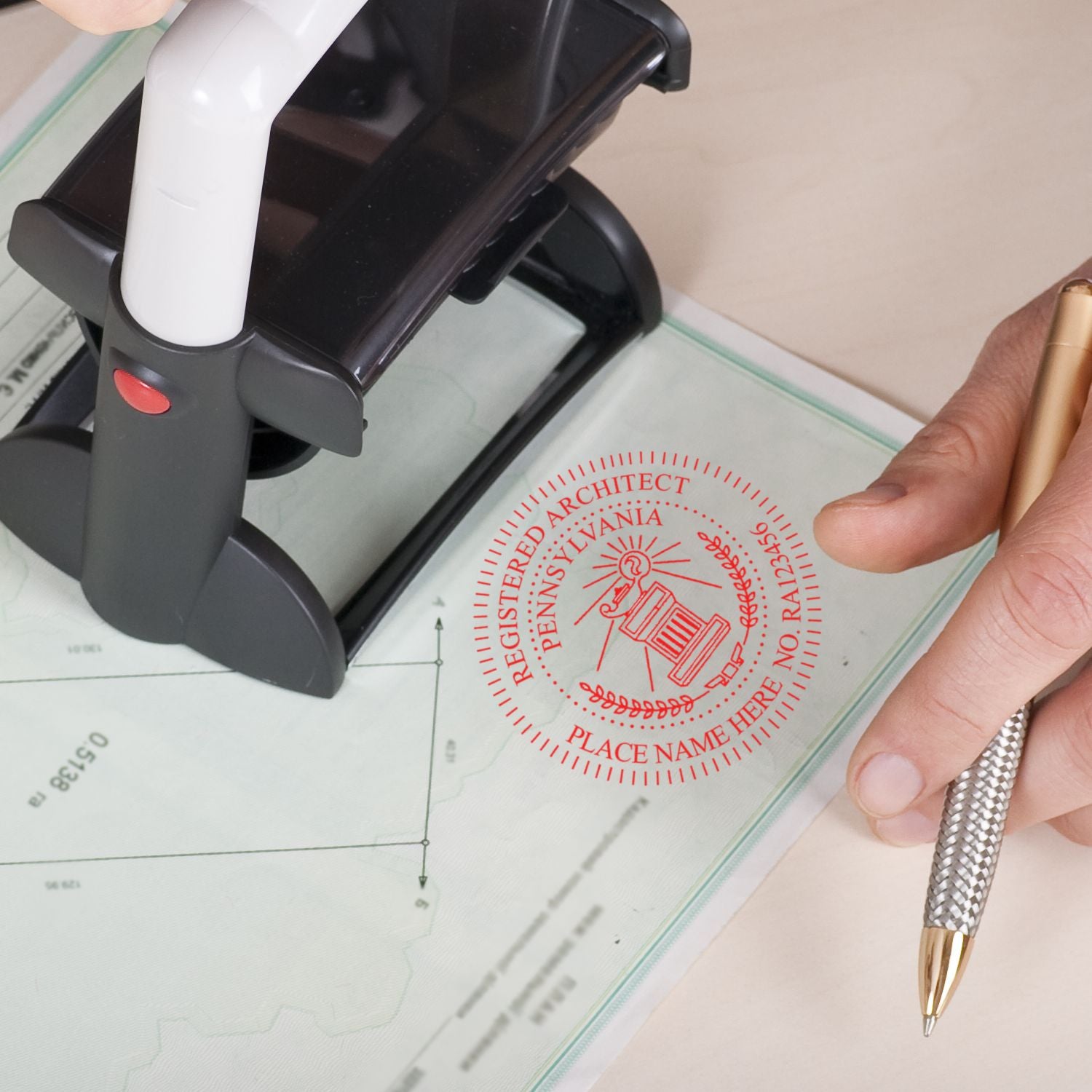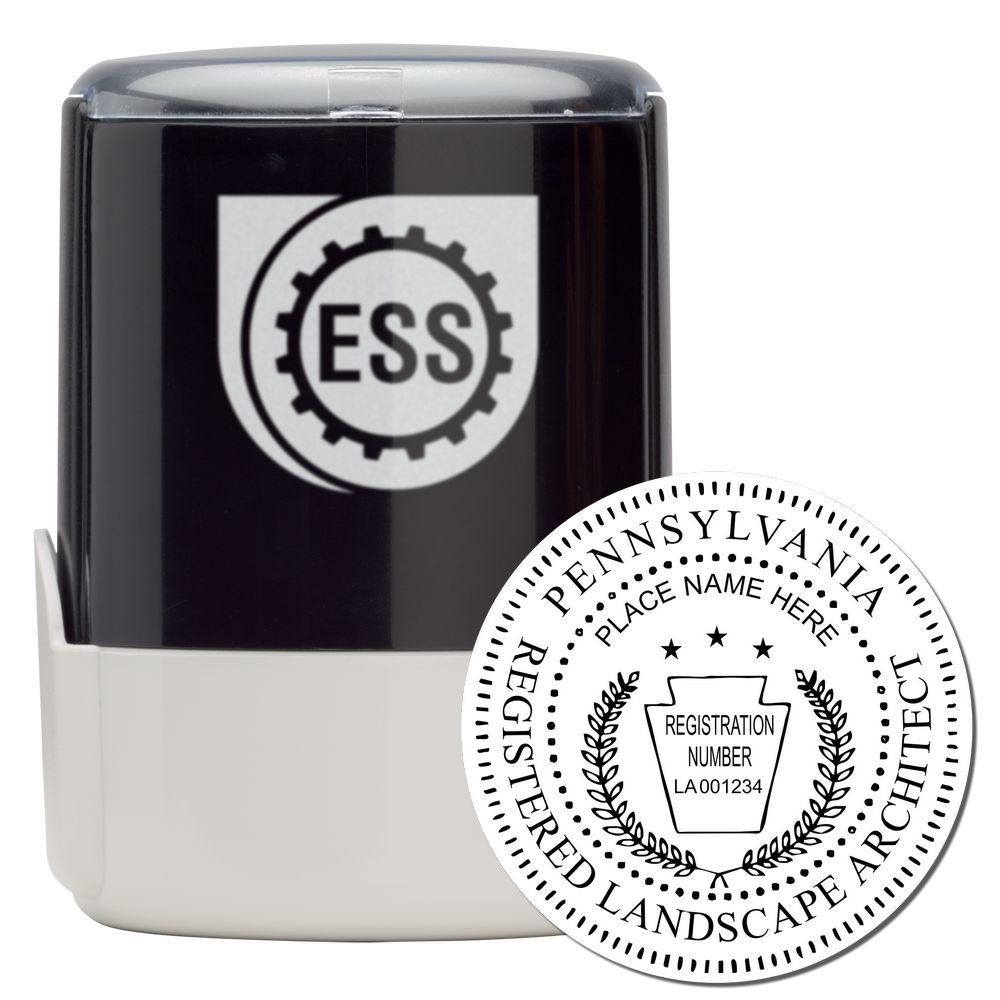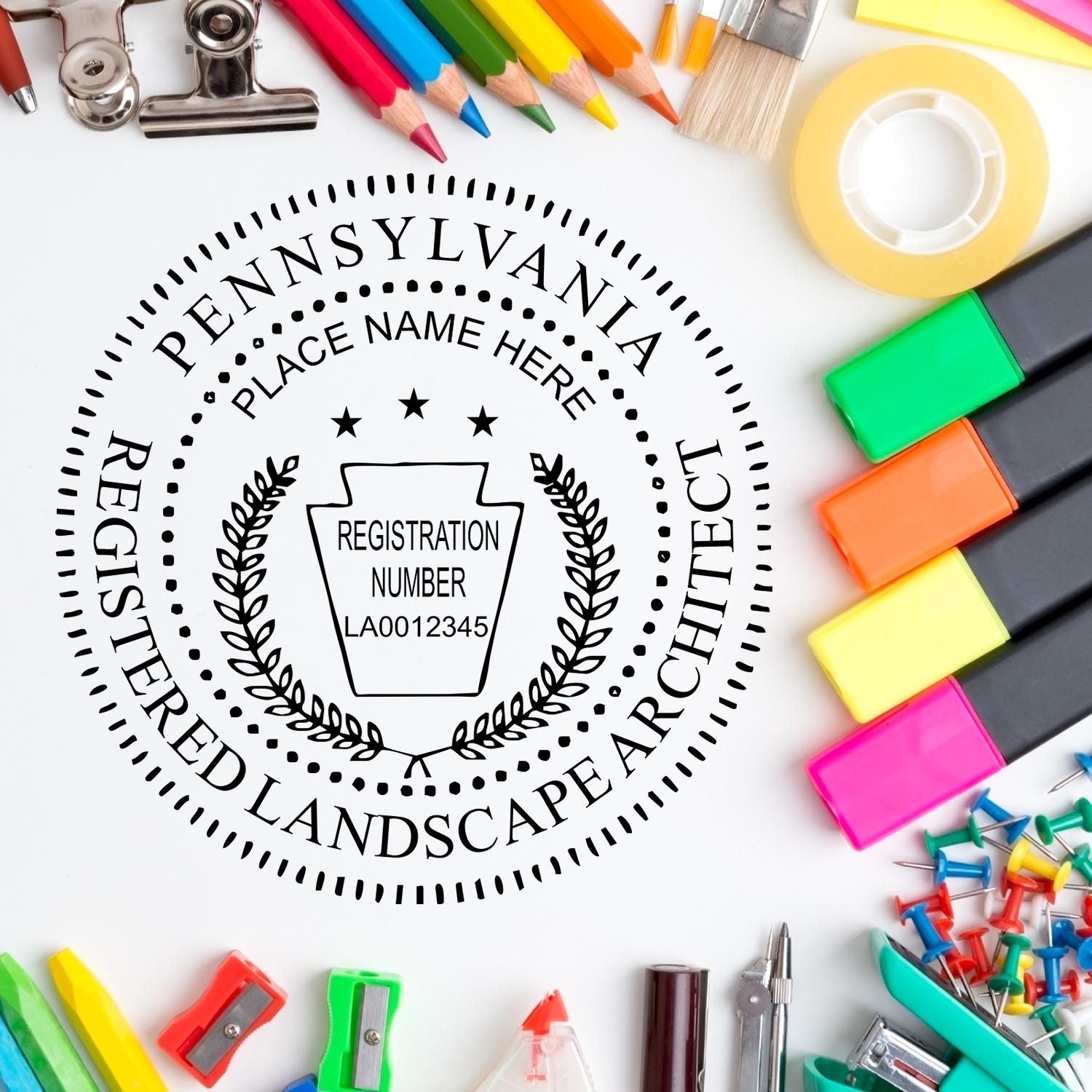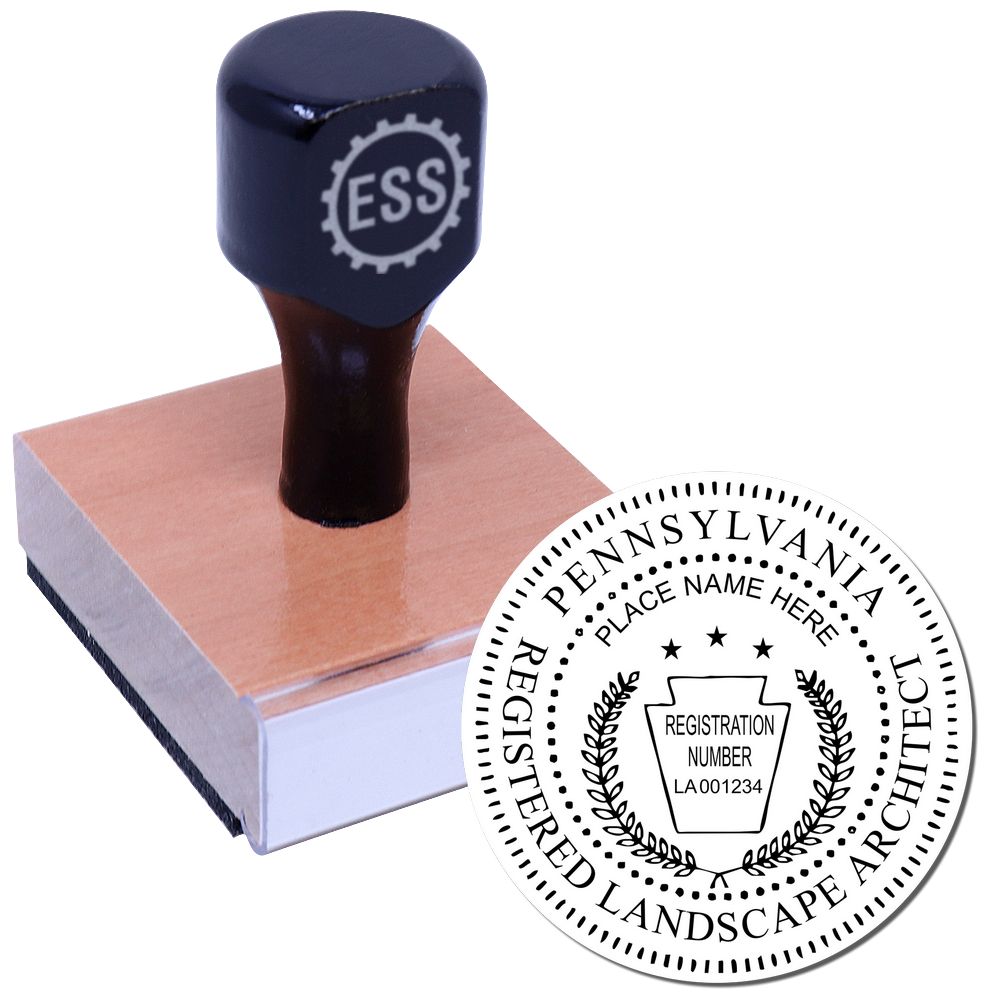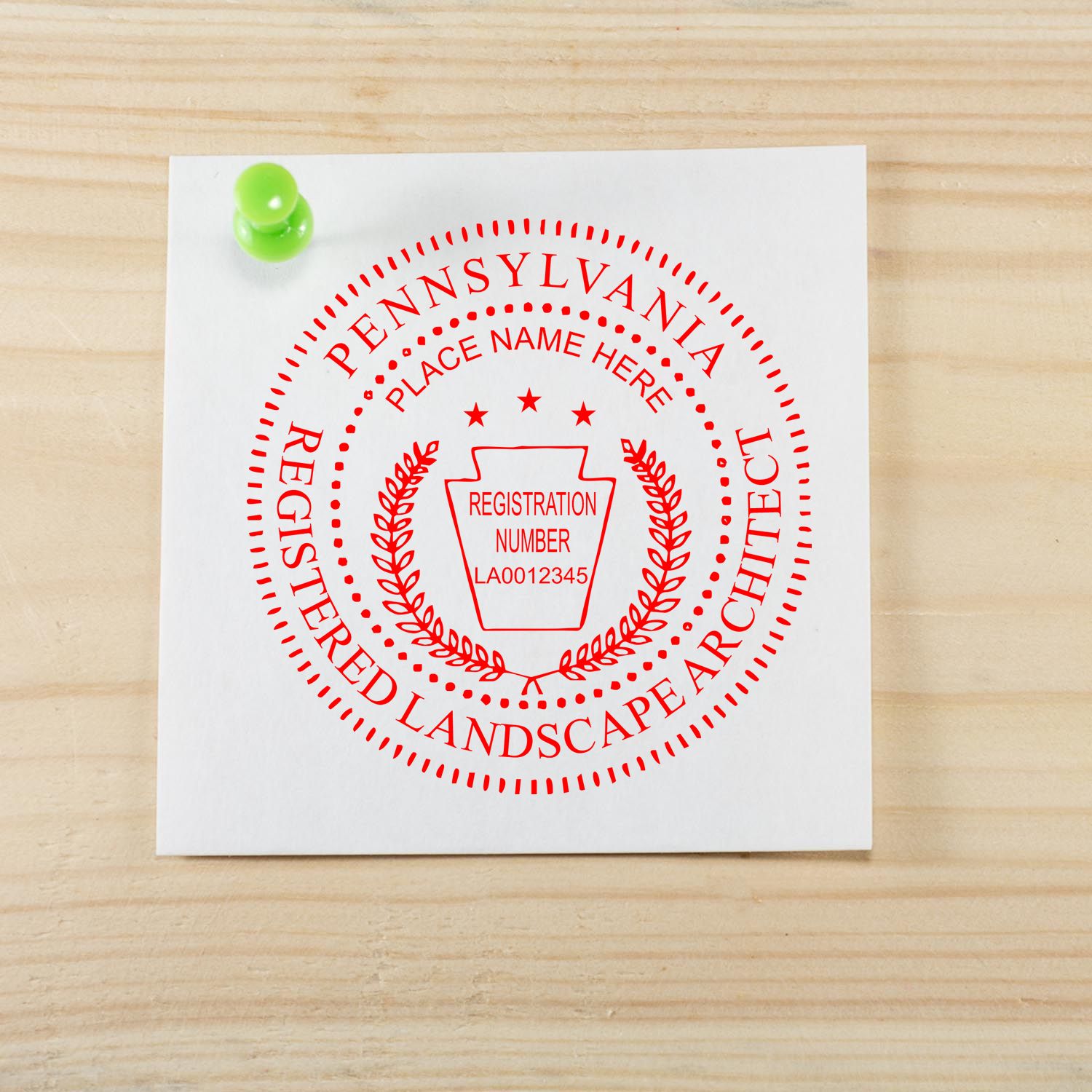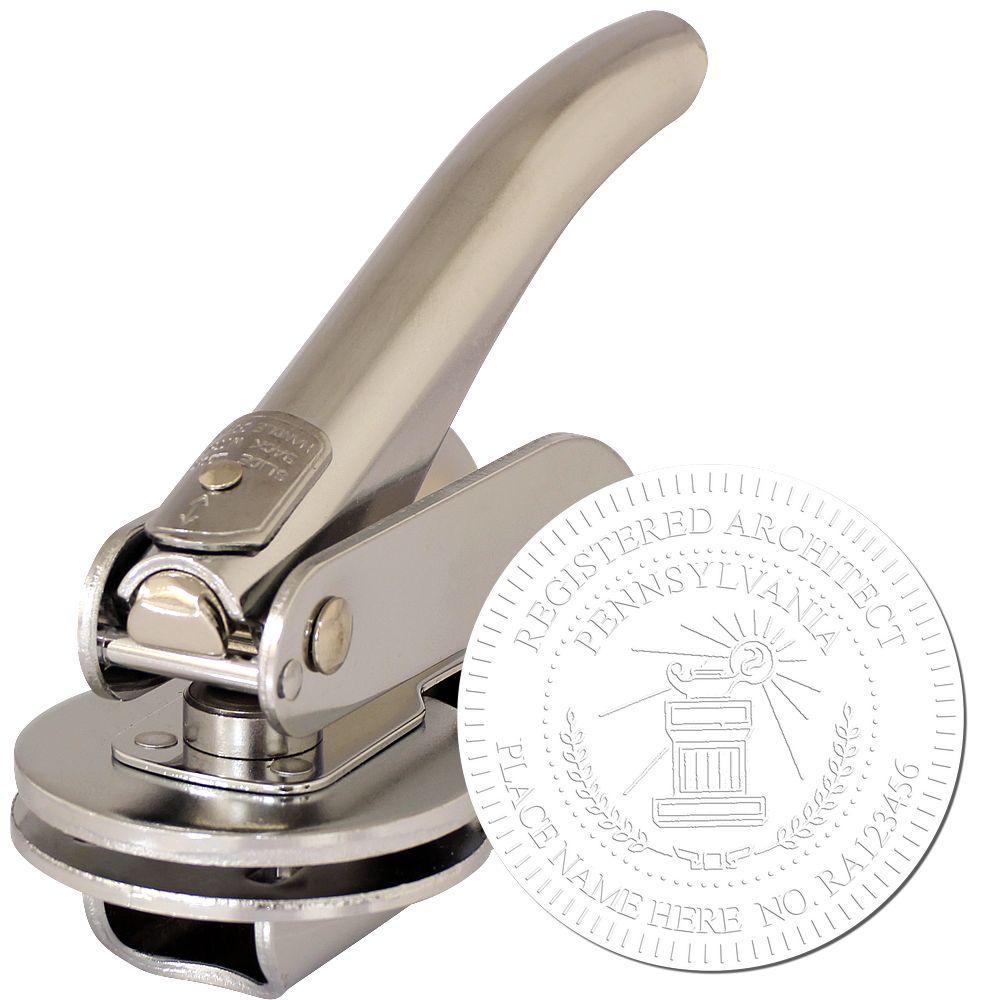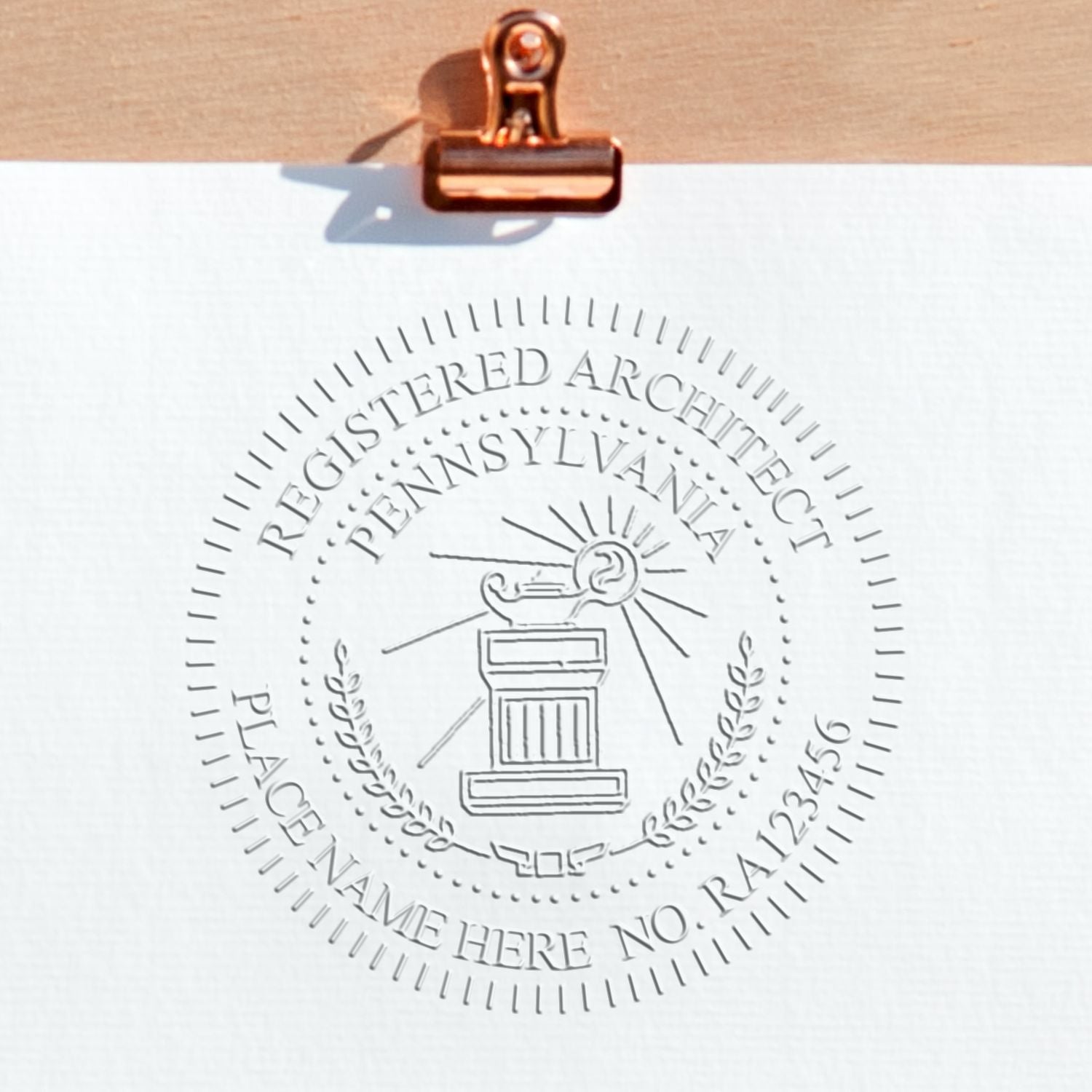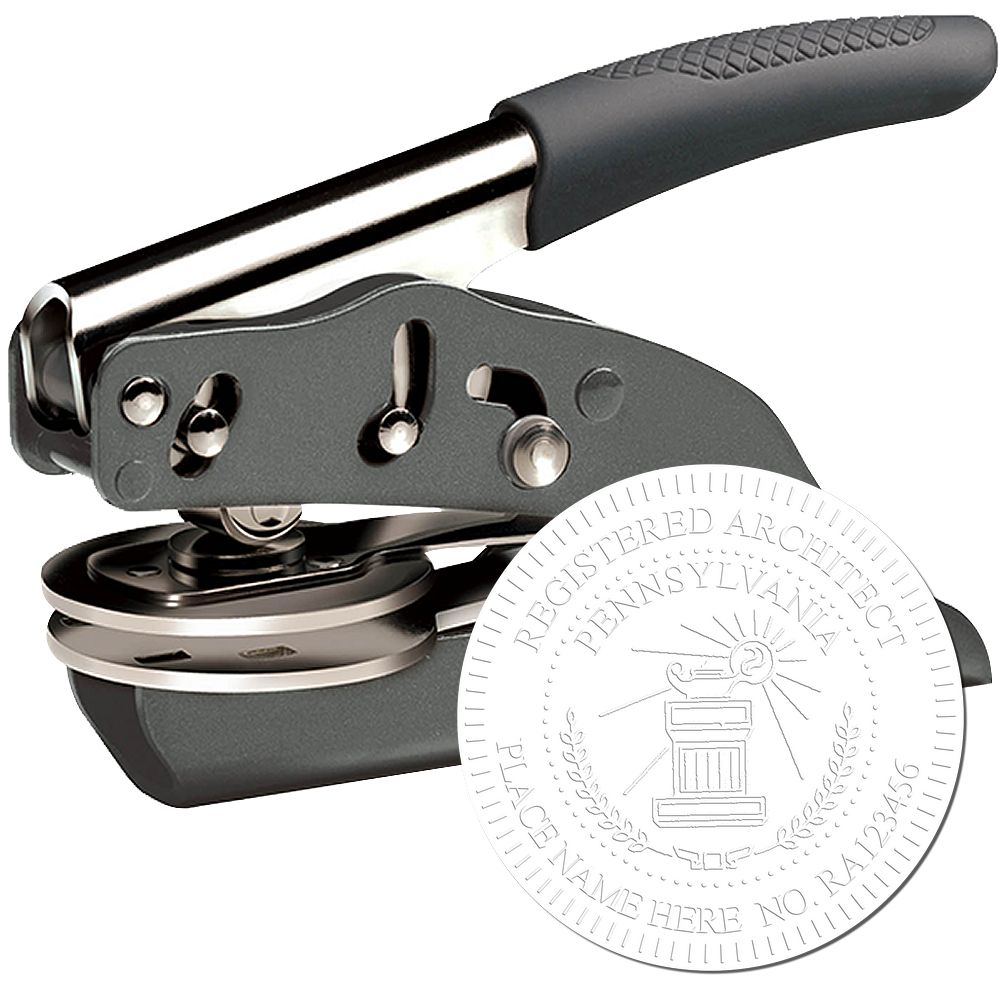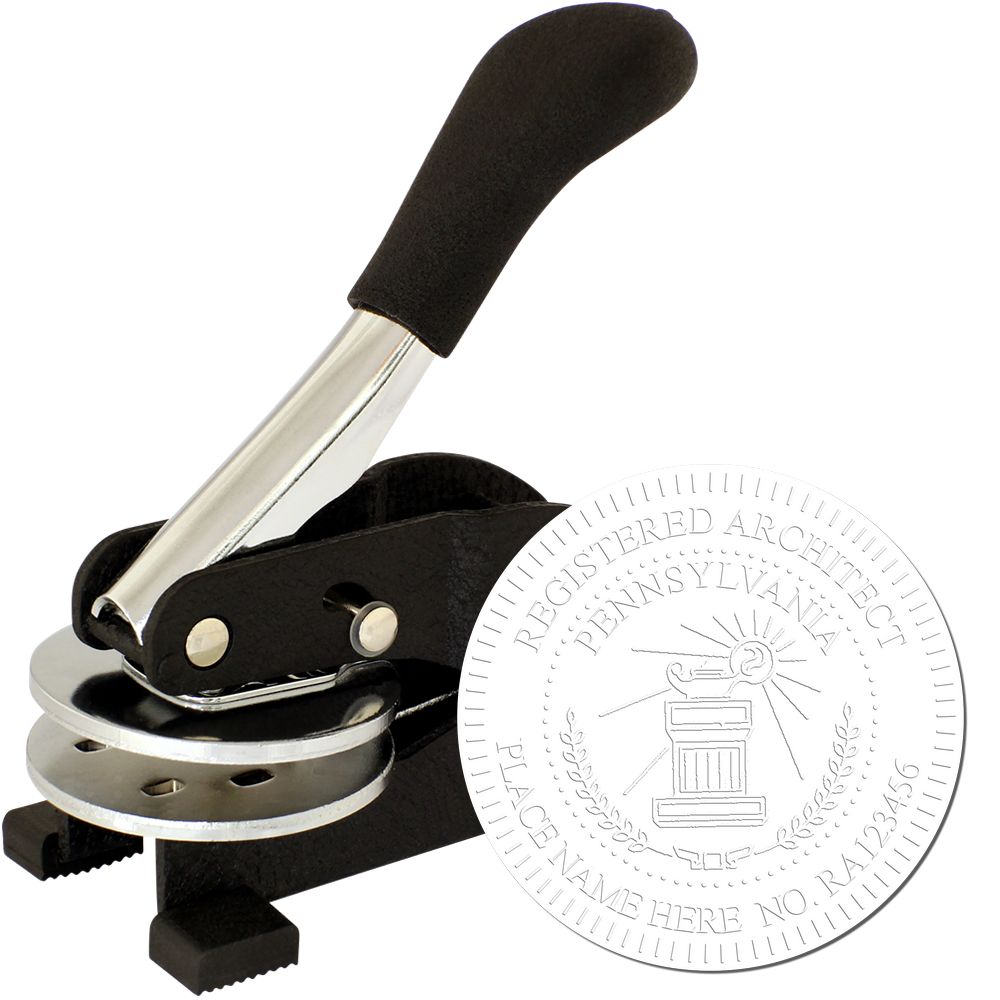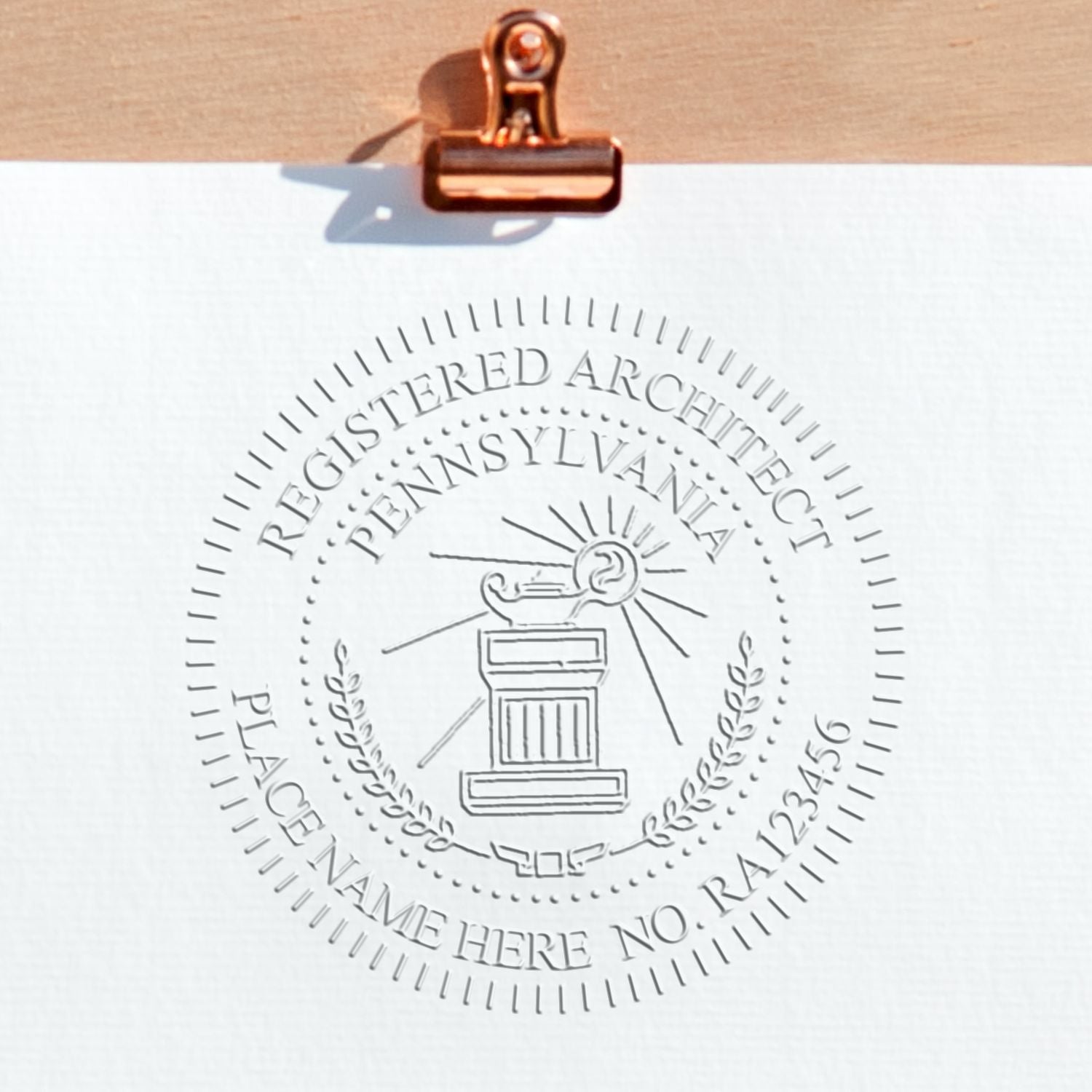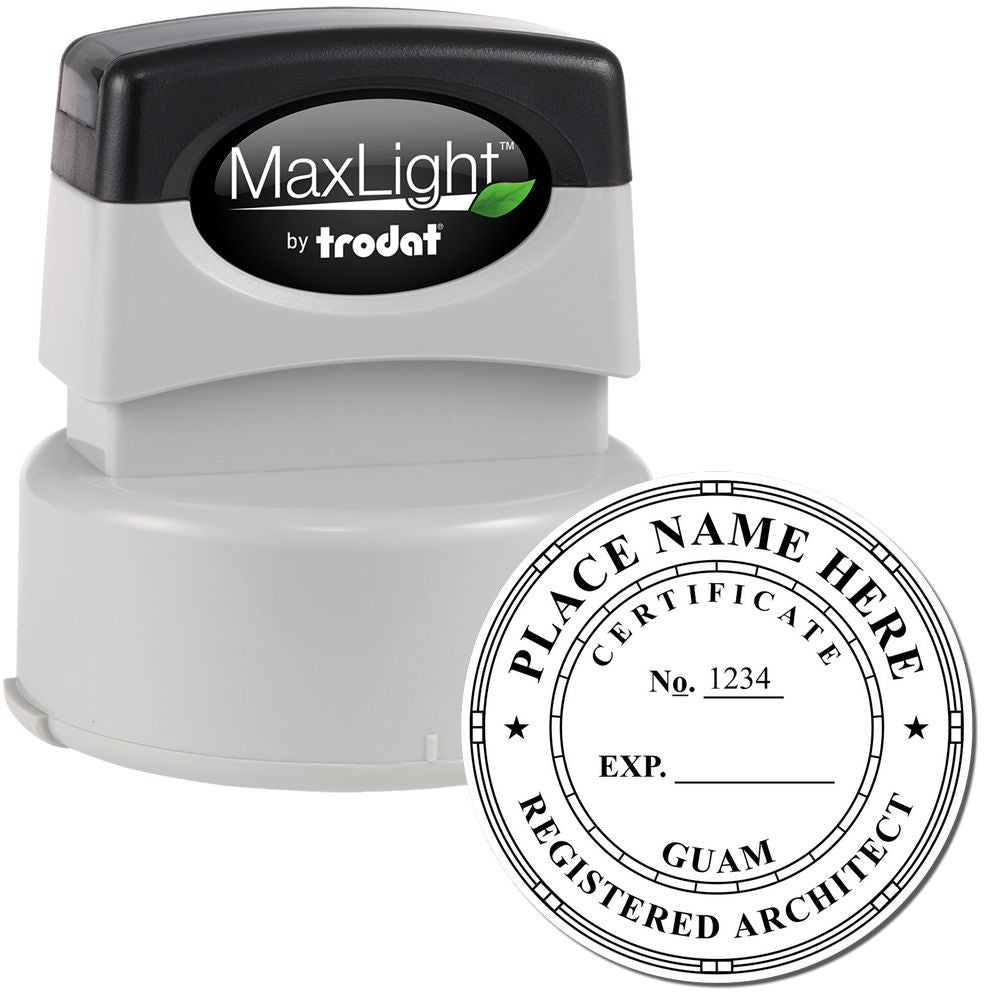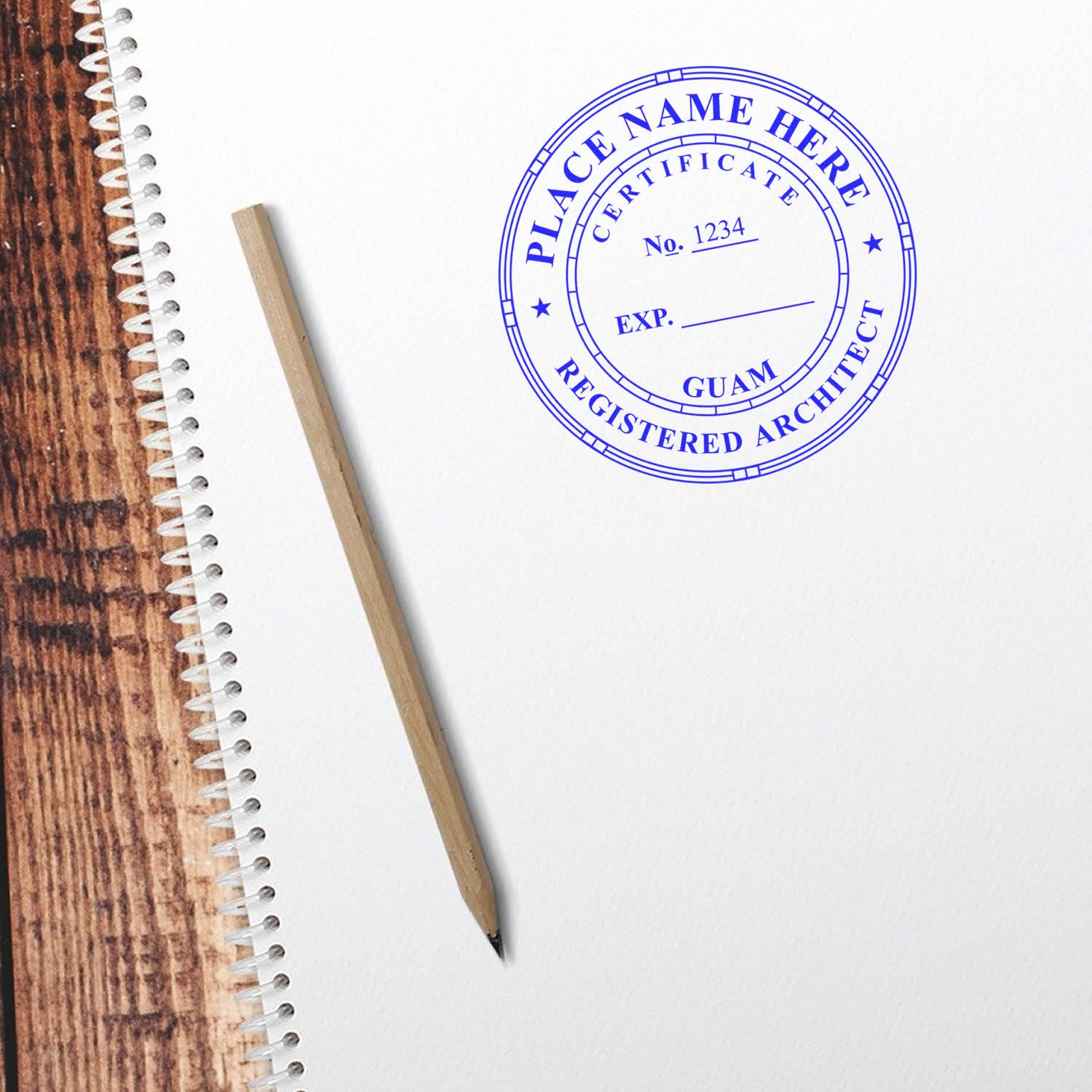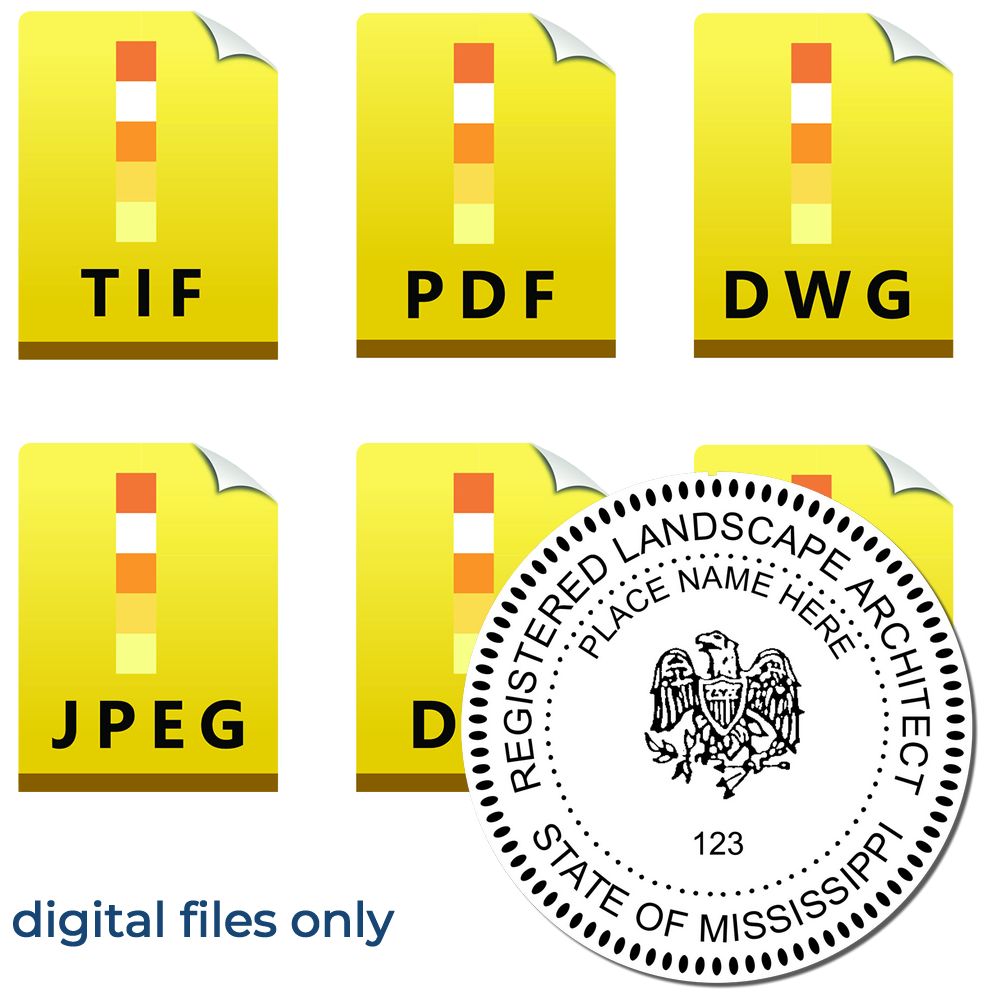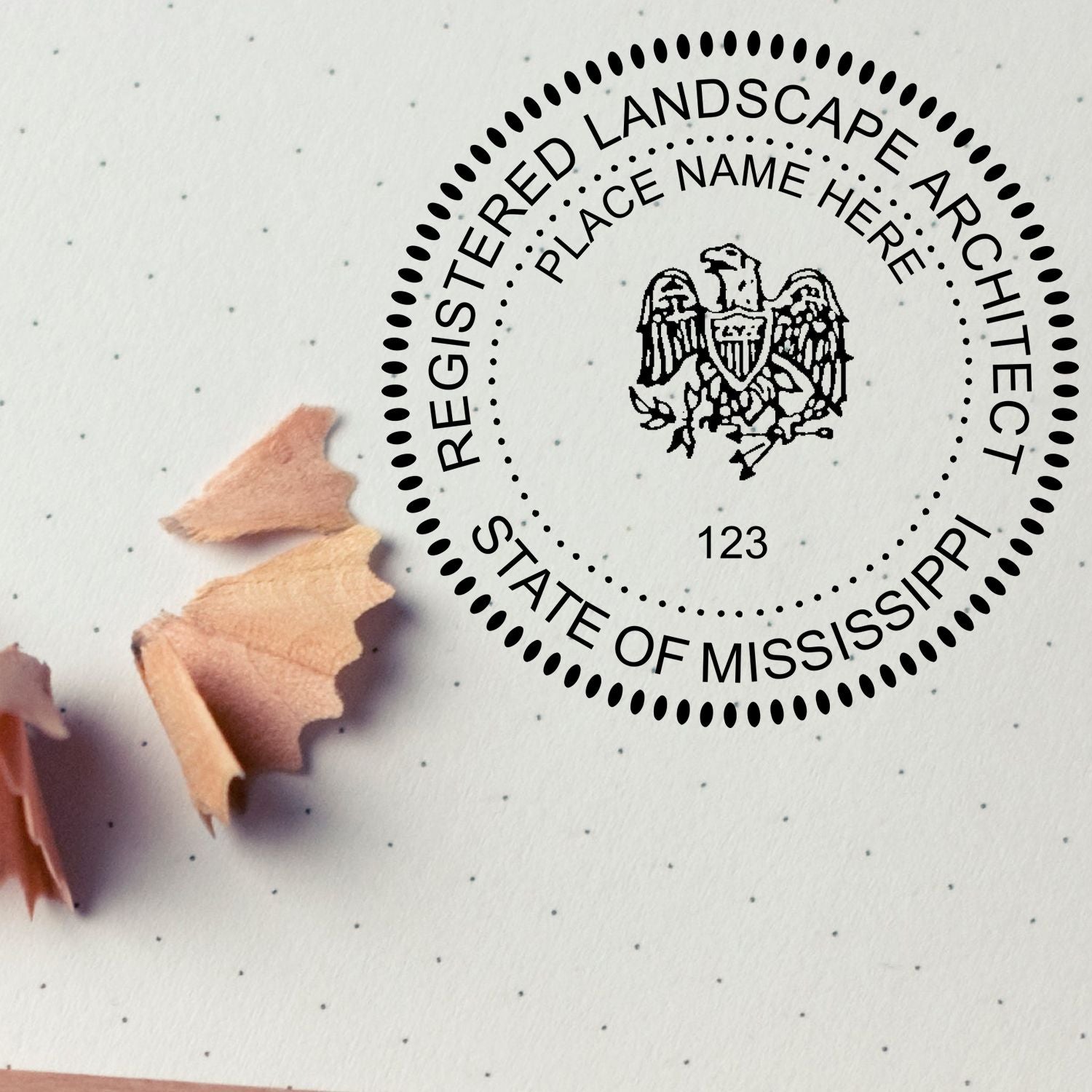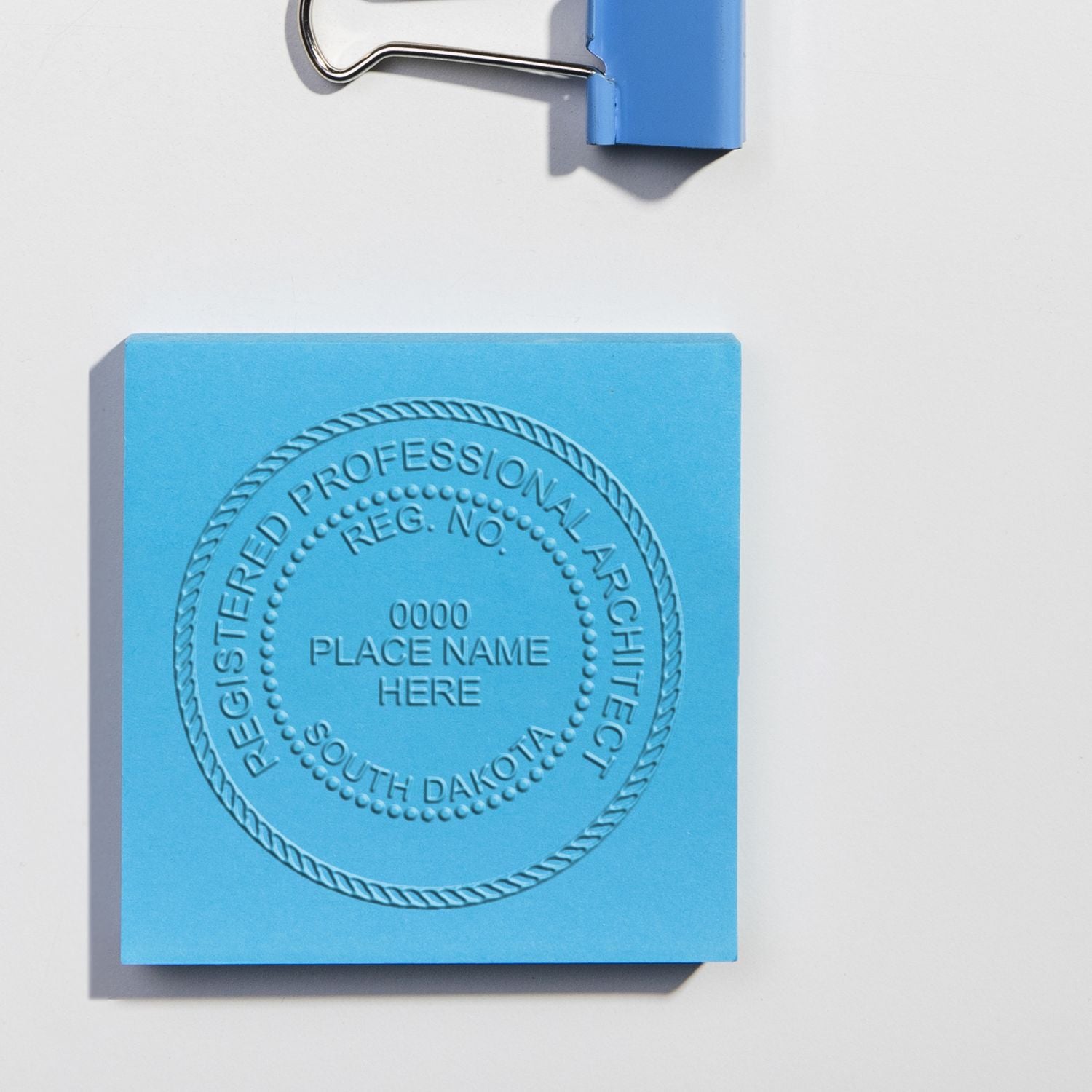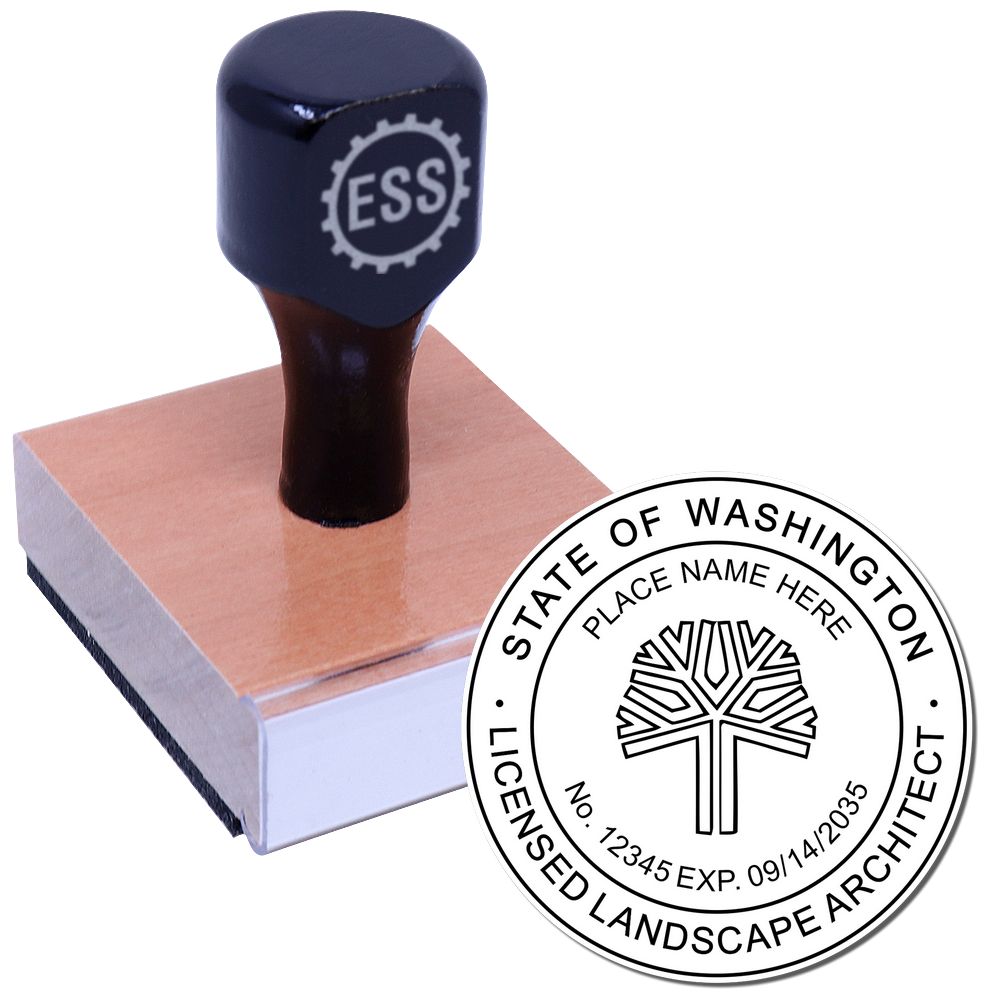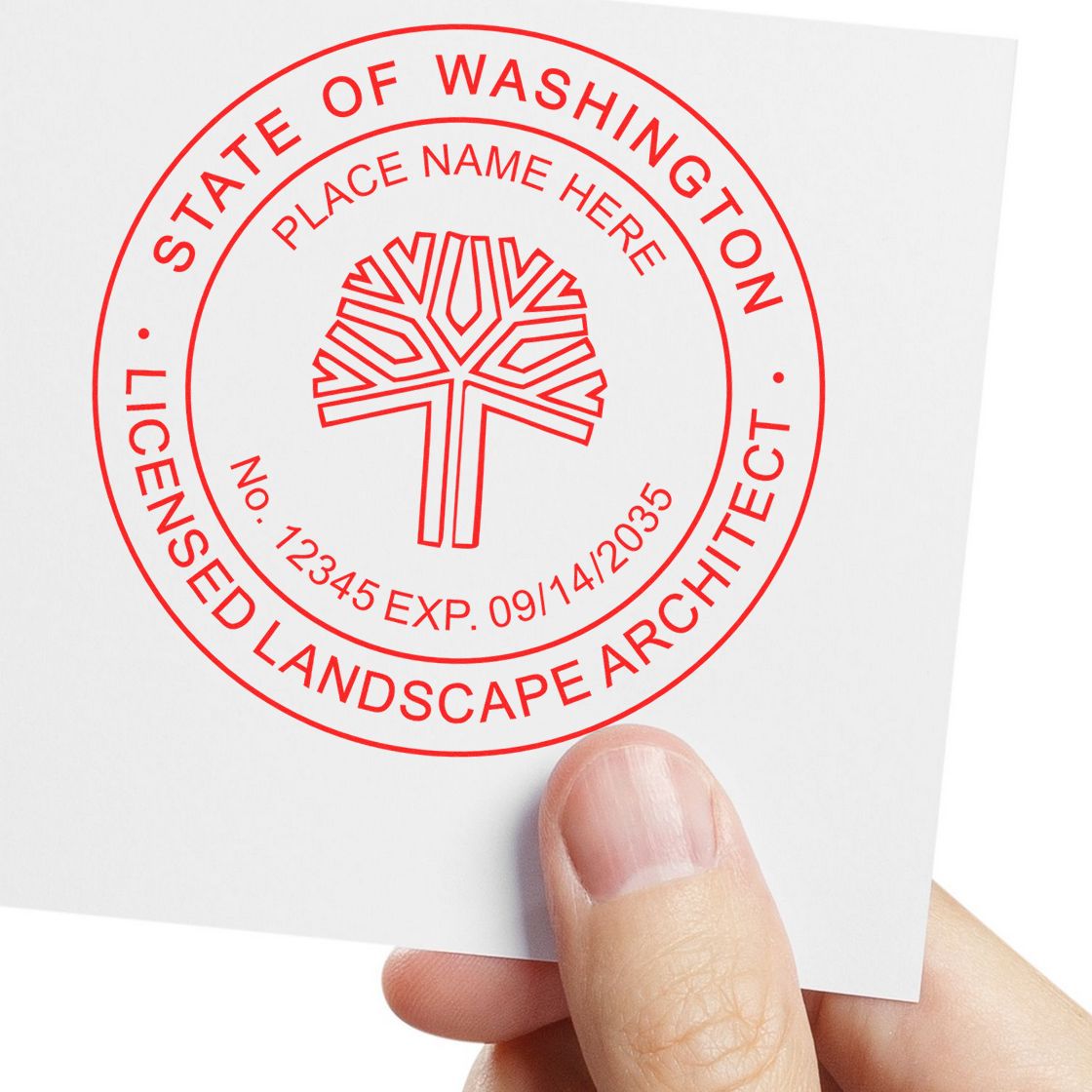The Importance of Architectural Legitimacy
In the field of architecture, legitimacy holds significant value. It ensures that professionals meet certain standards and adhere to specific regulations. One essential aspect of establishing architectural legitimacy is through the use of architect stamps. These stamps play a crucial role in verifying the authenticity and credibility of architectural documents in Pennsylvania.
The Role of Architect Stamps
Architect stamps serve as a mark of authorization and validation on architectural drawings, plans, and other related documents. When an architect affixes their stamp to these materials, it signifies that they take professional responsibility for the design and accuracy of the project. It also indicates that the architect is licensed and recognized by the relevant governing body.
Architect stamps provide assurance to clients, contractors, and regulatory authorities that the architectural work has been reviewed and approved by a qualified professional. They create a sense of trust, as the stamp represents the architect's commitment to upholding professional standards and compliance with architectural regulations.
Understanding Architectural Regulations in Pennsylvania
In Pennsylvania, architectural practice is regulated by the Pennsylvania State Registration Board for Professional Engineers, Land Surveyors, and Geologists. The board sets forth specific regulations and guidelines that architects must comply with to ensure the safety and welfare of the public.
Architects in Pennsylvania are required to obtain a valid license from the State Registration Board before practicing architecture and using an architect stamp or seal. The board has established guidelines regarding the design, size, and usage of architect stamps. Familiarizing oneself with these guidelines is essential to meet the regulatory requirements.
To learn more about the specific requirements for architect stamps in Pennsylvania, refer to our article on Pennsylvania Architect Stamp Requirements. It provides detailed information on the size, design elements, and usage guidelines for architect stamps in the state.
By understanding the significance of architect stamps and the architectural regulations in Pennsylvania, architects can ensure that their work is legally recognized and meets the required standards. The proper use of architect stamps not only establishes credibility but also contributes to the overall professionalism and integrity of the architectural industry.
Pennsylvania Architect Stamp Design
To ensure compliance with architectural regulations in Pennsylvania, architects are required to have a Pennsylvania architect stamp. The design of this stamp must meet specific requirements and include certain elements. Let's explore the requirements and elements of a Pennsylvania architect stamp design.
Requirements for Pennsylvania Architect Stamps
Pennsylvania has specific requirements regarding the design of architect stamps. These requirements are set by the Pennsylvania State Architects Licensure Board. Here are some key requirements to keep in mind:
-
Size and Shape: The stamp must be either circular or rectangular in shape, with a maximum size of 2 inches in diameter for circular stamps or 2 inches in width and 1 inch in height for rectangular stamps.
-
Text: The stamp must include the architect's name, registration number, and the words "Registered Architect" or "Architect" in legible lettering. The font size must be at least 10 points.
-
Seal: The stamp must include the architect's official seal, which typically includes the state's name, the architect's name, and the words "Registered Architect" or "Architect".
For a more comprehensive understanding of the requirements for Pennsylvania architect stamps, you can refer to our article on pennsylvania architect stamp requirements.
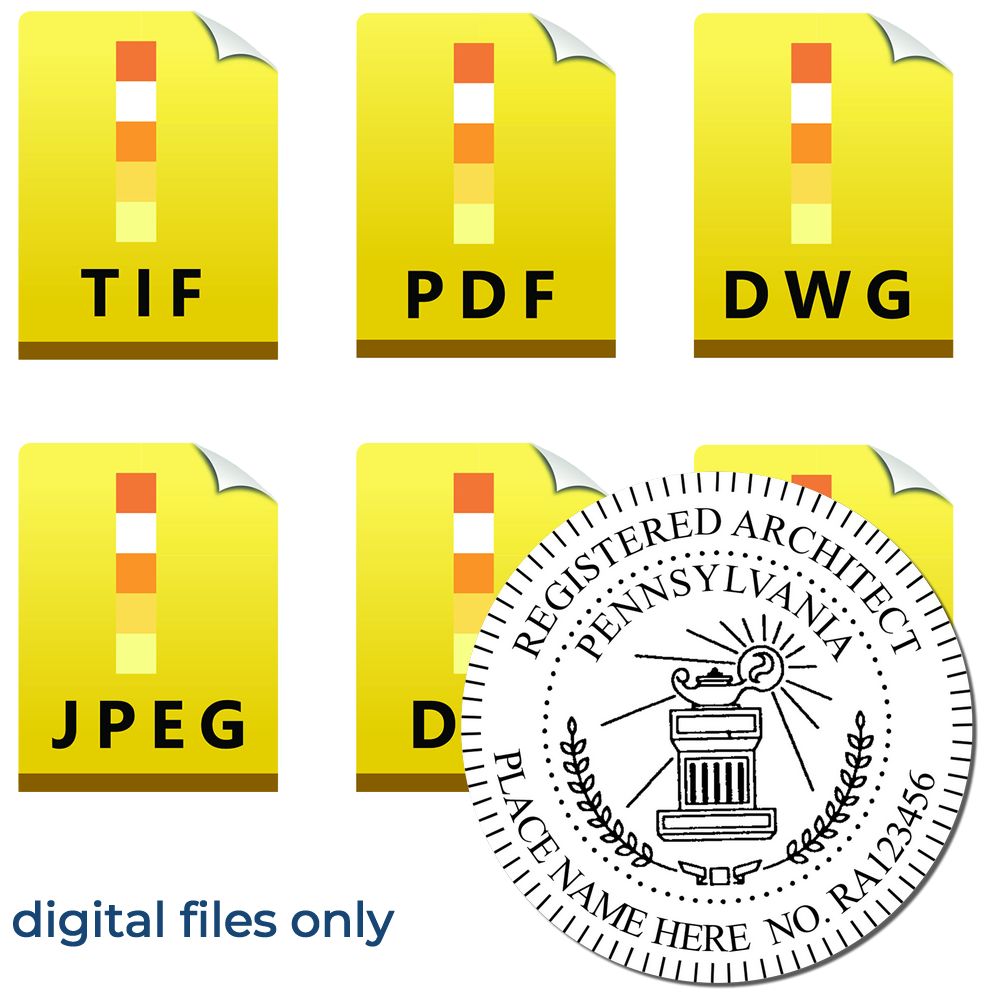
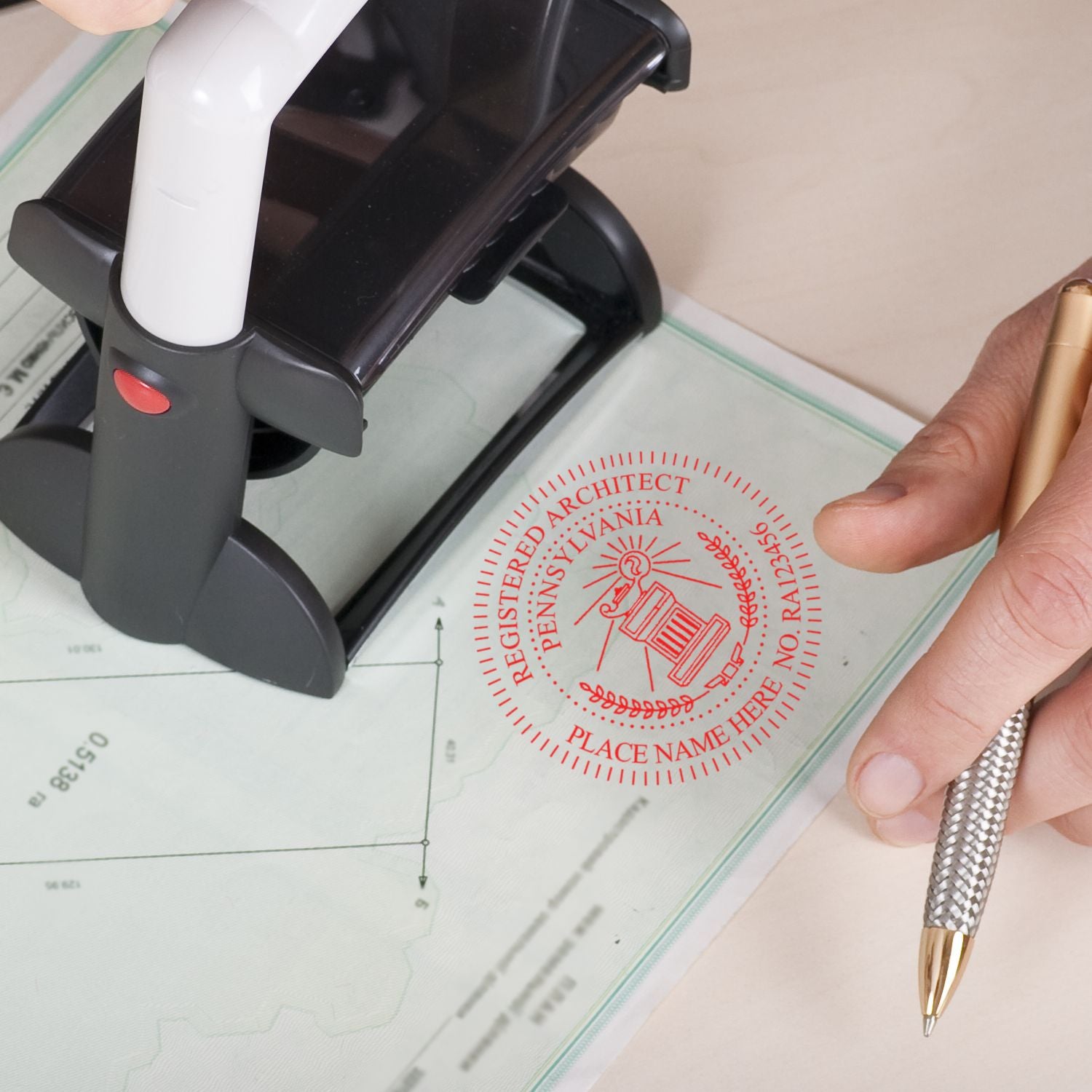
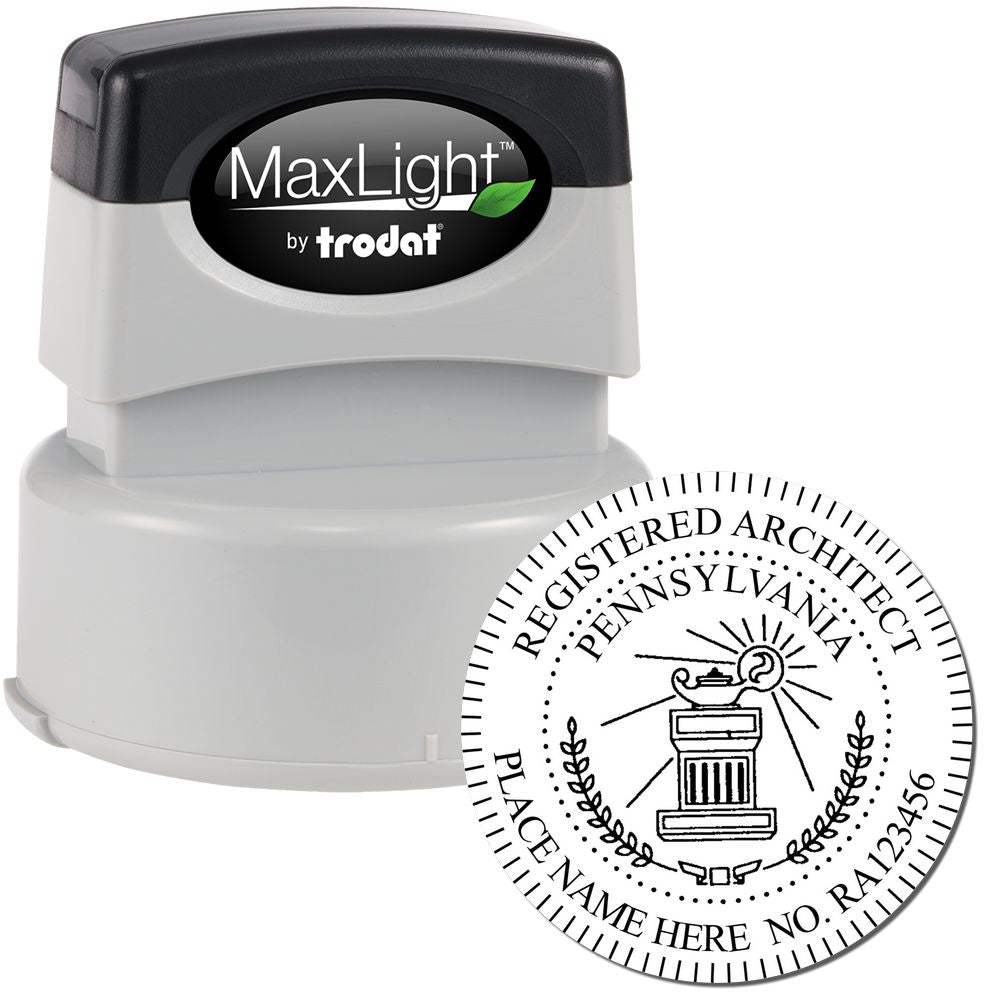

Elements of a Pennsylvania Architect Stamp Design
When designing a Pennsylvania architect stamp, there are several elements that should be included to ensure its legitimacy and professionalism. These elements contribute to the overall design and functionality of the stamp. Here are some key elements:
-
Architect's Name and Registration Number: The architect's full name and registration number should be clearly displayed on the stamp. This information helps to identify the architect and verify their credentials.
-
State Seal: Including the official state seal of Pennsylvania on the stamp adds authenticity and helps to distinguish it as a legally recognized architect stamp.
-
Professional Title: The words "Registered Architect" or "Architect" should be prominently featured on the stamp. This reinforces the architect's professional standing and credibility.
-
Design and Layout: The design and layout of the stamp should be clean, professional, and visually appealing. The architect's name and registration number should be easily readable, and the overall design should reflect the architect's personal branding, if applicable.
To ensure your Pennsylvania architect stamp meets all the necessary requirements and includes the essential elements, it is advisable to refer to the guidelines provided by the Pennsylvania State Architects Licensure Board. These guidelines will help you create a stamp that complies with the regulations and represents your professional status accurately. To learn more about the guidelines for using architect stamps in Pennsylvania, visit our article on pennsylvania architect stamp guidelines.
Designing Your Pennsylvania Architect Stamp
When it comes to designing your Pennsylvania architect stamp, there are several factors to consider to ensure that it meets the necessary requirements and accurately represents your professional identity. In this section, we will explore the key aspects to consider during the design process: choosing the right size and shape, selecting the appropriate text, and incorporating architectural symbols and graphics.
Choosing the Right Size and Shape
The size and shape of your Pennsylvania architect stamp play a significant role in its functionality and aesthetic appeal. The stamp should be of a size that allows for clear and legible imprints on various document sizes. Most commonly, architect stamps have a rectangular or square shape, which provides ample space for important information and architectural symbols.
While the specific dimensions of the stamp may vary, it's important to ensure that it meets the requirements set forth by the Pennsylvania State Board of Architects. These requirements may include minimum and maximum size limits for the stamp. Familiarize yourself with the specific guidelines by referring to our article on Pennsylvania architect seal requirements.
Selecting the Appropriate Text
The text on your Pennsylvania architect stamp should include the essential information that identifies you as a licensed architect. This typically includes your name, professional title, and license number. Take care to ensure that the text is clear, legible, and properly aligned on the stamp.
In addition to the required information, you may also choose to include your firm's name, address, and contact details. However, be mindful of the available space on the stamp and avoid overcrowding it with excessive text. For more information on the specific requirements for Pennsylvania architect stamps, refer to our article on Pennsylvania architect stamp requirements.
Incorporating Architectural Symbols and Graphics
Architectural symbols and graphics can enhance the visual appeal and professionalism of your Pennsylvania architect stamp. Consider incorporating symbols that represent elements of architectural design, such as a blueprint, drafting tools, or a stylized representation of a building.

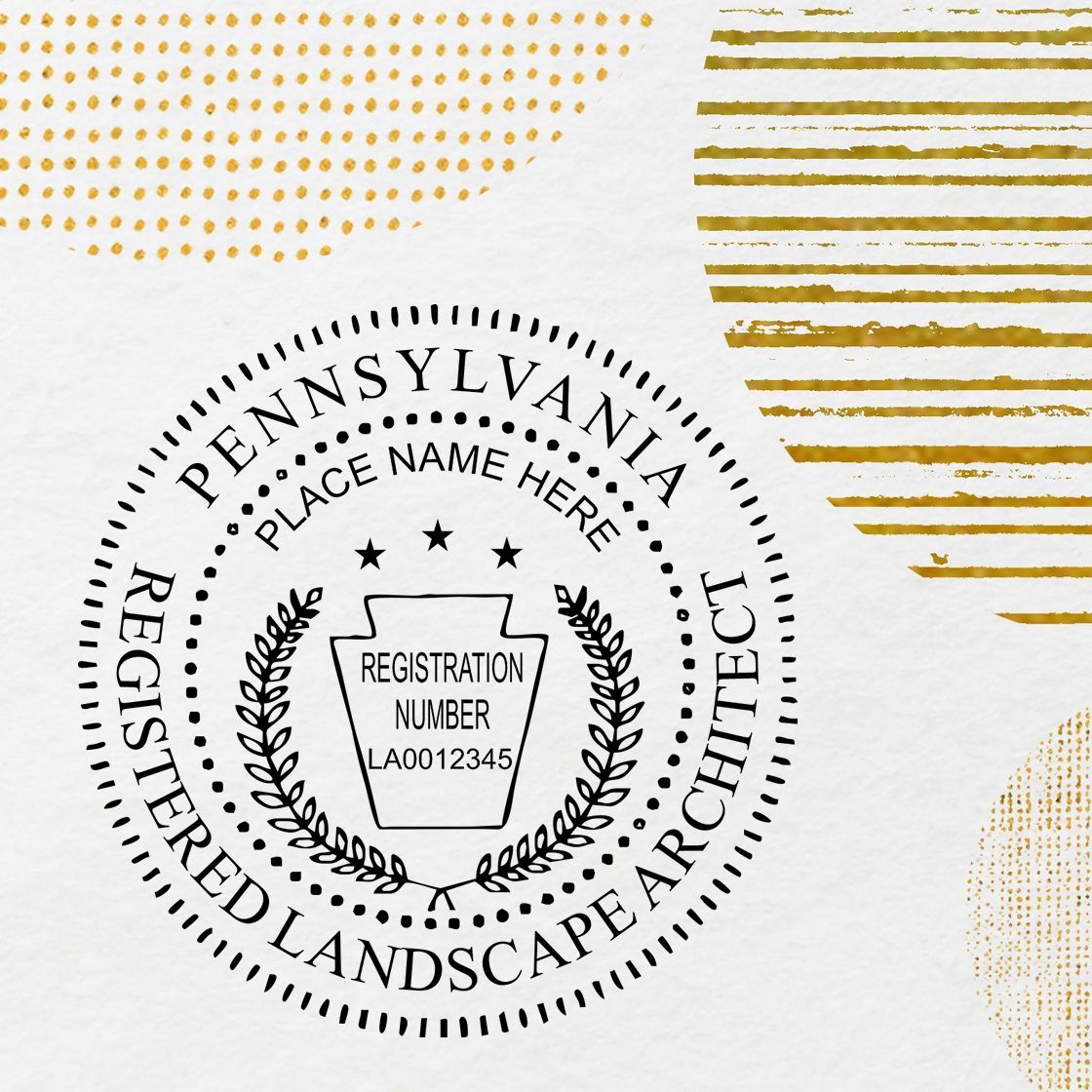
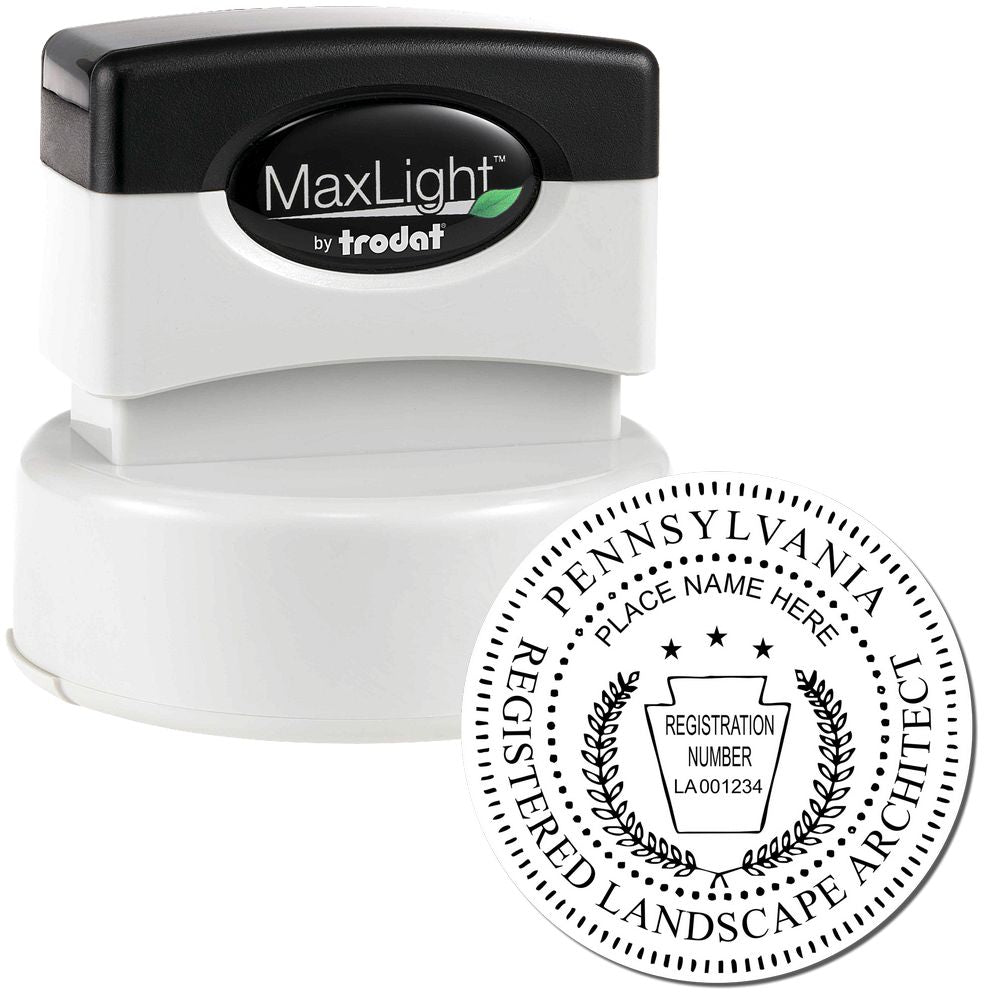
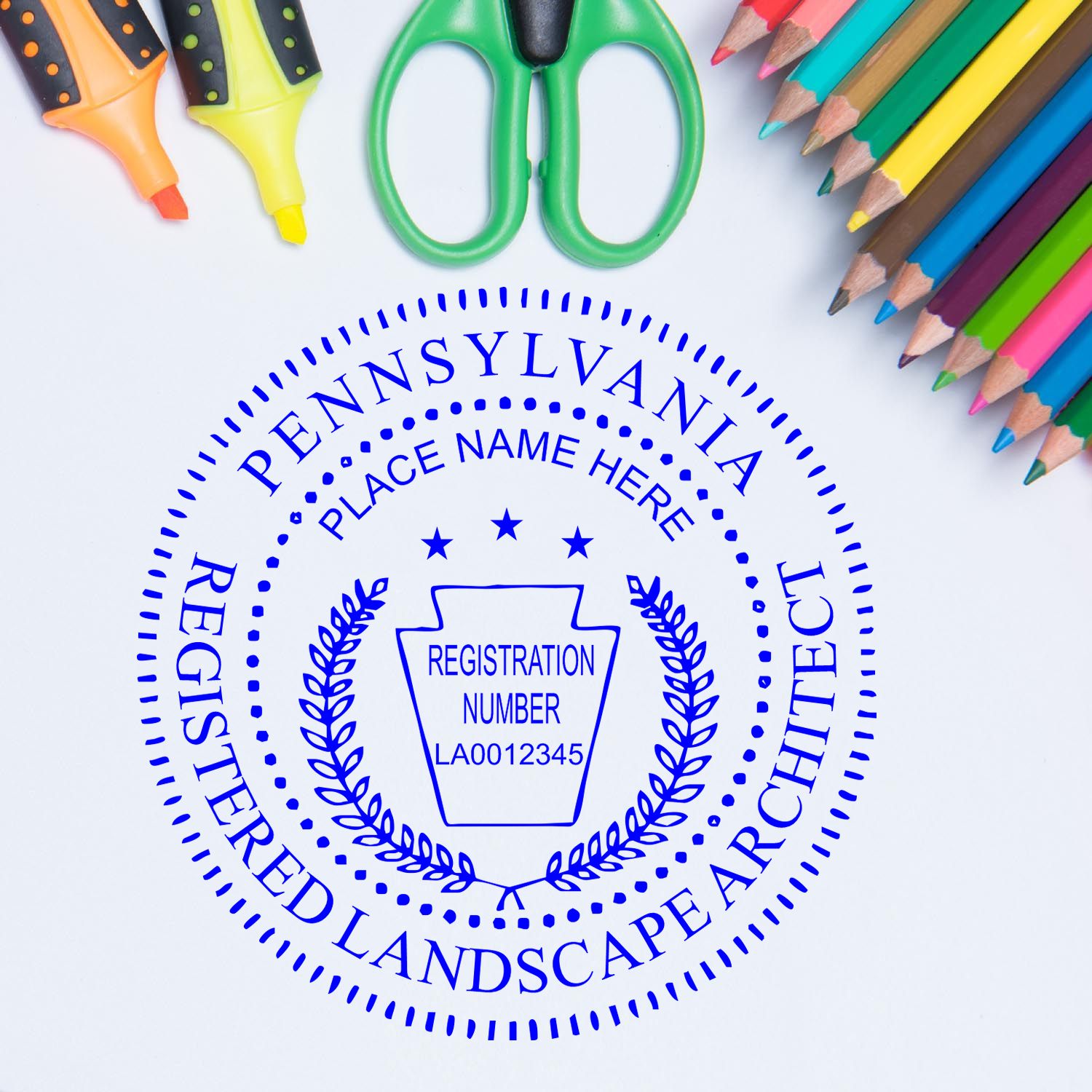
When selecting symbols and graphics, keep in mind that they should be clear, easily recognizable, and relevant to the field of architecture. Avoid using overly complex or intricate designs that may not translate well in the stamp's small imprint size. Utilize our article on Pennsylvania architect stamp guidelines for further guidance on appropriate symbols and graphics.
By carefully considering the size and shape, selecting the appropriate text, and incorporating relevant architectural symbols and graphics, you can design a Pennsylvania architect stamp that accurately represents your professional identity and complies with the necessary requirements. Remember to review the guidelines provided by the Pennsylvania State Board of Architects to ensure that your stamp aligns with their specifications. Once your design is finalized, you can proceed with acquiring your Pennsylvania architect stamp. For more information on where to purchase your stamp and tips for a smooth ordering process, refer to our article on architect stamp Pennsylvania.
Ensuring Compliance with Pennsylvania Regulations
To maintain architectural legitimacy in Pennsylvania, it is crucial for architects to adhere to the regulations set forth by the state. When it comes to utilizing an architect stamp, there are specific guidelines that must be followed. Here are three key aspects to consider in order to ensure compliance:
Reviewing the Guidelines for Stamp Usage
Architects in Pennsylvania must familiarize themselves with the guidelines for stamp usage. These guidelines outline when and where the architect stamp should be used, as well as any specific requirements for its appearance. The Pennsylvania Department of State provides detailed information regarding the usage of architect stamps, including size, placement, and ink color requirements. For more specific details on Pennsylvania's requirements, refer to our article on pennsylvania architect stamp requirements.
Maintaining Accuracy and Consistency
When using an architect stamp in Pennsylvania, it is essential to maintain accuracy and consistency in the information being stamped. Architects should ensure that all relevant details, such as their name, license number, and the date of stamping, are correct and up to date. This not only demonstrates professionalism but also ensures that the stamped documents are legally valid. By double-checking the accuracy of the information before stamping, architects can avoid potential errors or discrepancies that may arise.
Staying Up to Date with Regulatory Changes
Architectural regulations can change over time, and it is crucial for architects to stay informed about any regulatory changes that may occur in Pennsylvania. By staying up to date with these changes, architects can ensure that their architect stamp usage remains compliant with the most recent requirements. Regularly reviewing the guidelines provided by the Pennsylvania Department of State and professional architectural associations can help architects stay informed about any modifications to the regulations. For more information on staying compliant with Pennsylvania regulations, visit our article on pennsylvania architect stamp guidelines.
By adhering to the guidelines for stamp usage, maintaining accuracy and consistency, and staying informed about regulatory changes, architects in Pennsylvania can ensure that their architect stamp usage is in compliance with state regulations. This not only upholds architectural legitimacy but also helps to maintain professionalism and trust within the industry.
Acquiring Your Pennsylvania Architect Stamp
When it comes to acquiring your Pennsylvania architect stamp, it's important to ensure that you choose a reputable source and follow the necessary guidelines. Here are the key considerations for purchasing your Pennsylvania architect stamp.
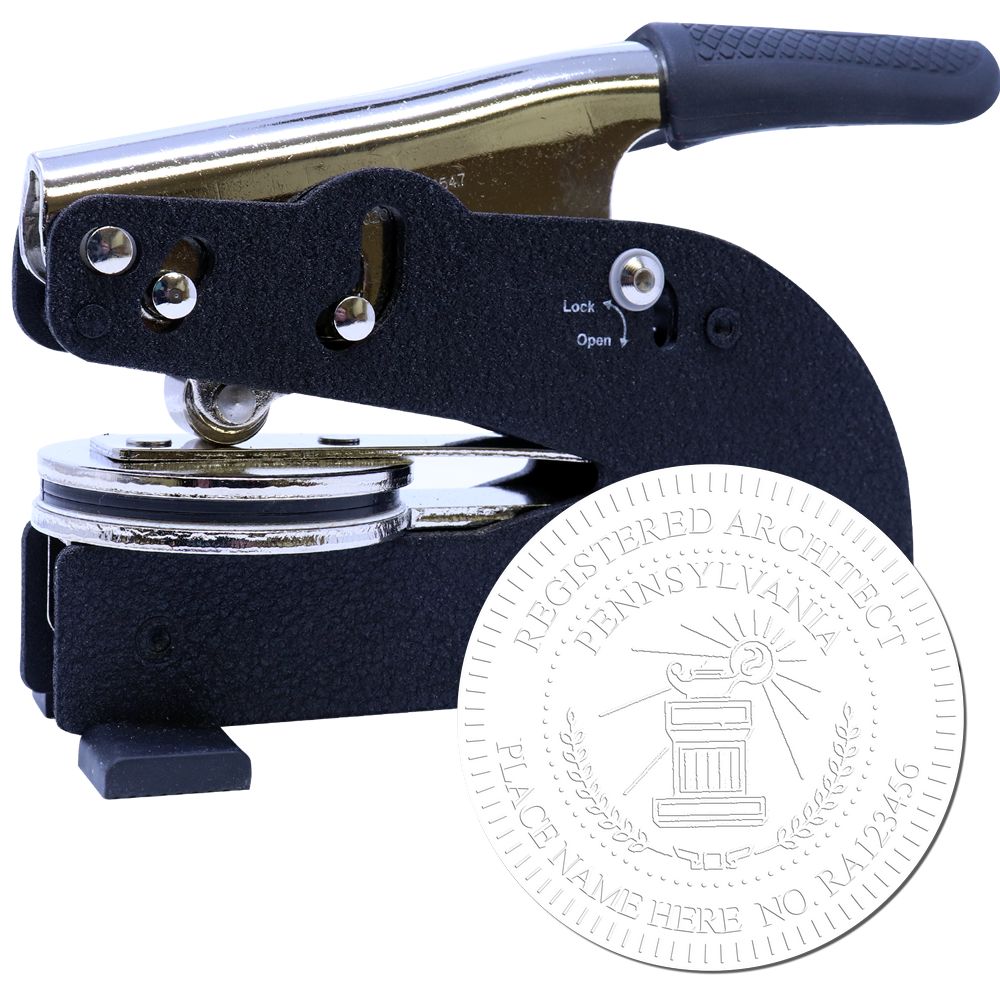

Where to Purchase Pennsylvania Architect Stamps
To obtain your Pennsylvania architect stamp, you have several options available. One of the most convenient ways is to purchase it online from authorized stamp vendors. These vendors specialize in providing architect stamps and seals that meet the specific requirements set by the state of Pennsylvania. You can also find physical stores that offer architect stamps and seals, although online shopping provides a wider selection and greater convenience.
Before making a purchase, ensure that the vendor you choose is reputable and has a track record of providing high-quality architect stamps. Look for customer reviews and ratings to gauge their reliability and customer satisfaction. While it's important to find a reputable source, remember not to disclose your personal information or payment details to any unauthorized or suspicious websites.
Factors to Consider Before Making a Purchase
Before finalizing your purchase, consider the following factors to ensure that you acquire the right Pennsylvania architect stamp for your needs:
-
Size and Shape: Determine the appropriate size and shape of the stamp based on the requirements outlined by the Pennsylvania State Board of Architects. Understanding the guidelines for stamp size and shape is crucial to ensure compliance.
-
Stamp Design: Familiarize yourself with the design elements and specifications required for a Pennsylvania architect stamp. This includes the inclusion of your professional information, such as your name, license number, and the term "Registered Architect" or "Architect."
-
Stamp Quality: Opt for a stamp that is made of high-quality materials to ensure durability and longevity. A well-crafted stamp will provide clear and legible imprints for years to come.
Tips for a Smooth Stamp Ordering Process
To ensure a smooth and hassle-free stamp ordering process, consider the following tips:
-
Research: Take the time to research and understand the specific requirements for Pennsylvania architect stamps. This will help you make an informed decision and avoid any potential issues.
-
Double-Check: Before placing your order, carefully review the information you provide for customization. Ensure that all details, such as your name and license number, are accurate and spelled correctly.
-
Shipping and Delivery: Check the estimated shipping and delivery times provided by the vendor. Plan your order in advance to allow for any potential delays and ensure that you receive your architect stamp in a timely manner.
By considering these factors and following these tips, you can acquire your Pennsylvania architect stamp with confidence. Remember to review the Pennsylvania architect stamp requirements and Pennsylvania architect stamp guidelines to ensure compliance and maintain your architectural legitimacy.
About ESS
At Engineer Seal Stamps, we are rooted in a commitment to excellence, we specialize in crafting custom rubber stamps and premium professional seals. Our intricate designs are not just mere impressions; they are the emblem of precision, meeting the stringent standards approved by the state board. At ESS, we understand the urgency of today's fast-paced world, which is why we prioritize swift shipping without compromising on the quality and finesse of our products. When you choose ESS, you're not just getting a stamp; you're gaining a reliable partner who values your profession as much as you do. Join the community of professionals who won't settle for anything less than the best—choose ESS.

